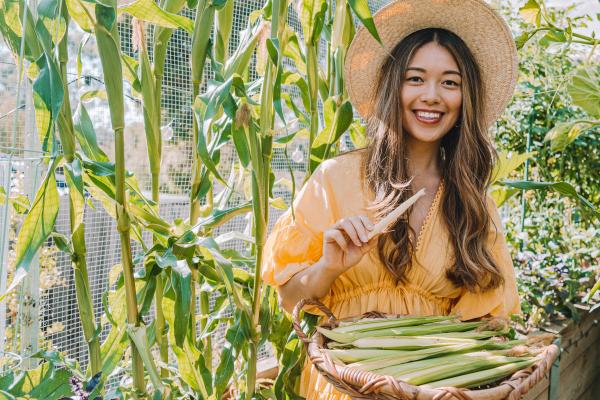The Digital Accelerator Program is offering free hands-on workshop to local Manningham-based businesses.
Join us for this Q and A session on understanding Instagram.
This session is for people who attended our Digital Accelerator Program workshop: From Zero to Insta-Hero - understanding Instagram for business newcomers.
It's your chance to get additional support with tailored advice from the facilitator, Kirri Romero from The Online Fix.
Come along and ask all those questions that have come up as you apply all your learnings.
Don't miss this chance to deep dive or get advice and ideas specific to your business to support you with your marketing activities.
Session is run online, via Zoom.
Book your spot!
About the speaker
Kirri Romero, Director and Chief Digital Strategist, The Online Fix
Kirri Romero is the lead digital strategist and principal consultant at the Online Fix, a strategy, mentoring and upskilling digital consultancy. Kirri has over 20 years of experience working in all facets of online, creating successful online experiences working in a variety of industries, from finance to education, food, fashion and health industries. She is a top-rated mentor and training facilitator for the Digital Solutions program, Business Resilience Program and Partners in Wellbeing program. Kirri has her own mentoring client book, she helps hundreds of businesses each year with their digital marketing strategy and tactical help to take action on their marketing.
Her foundational knowledge was gained during the formative years of growing the digital presence of Australian Super to what you see today and continues now with her own multi-channel marketing consultancy servicing a range of clients. As a result, her strategy and solutions work are grounded in up to the minute practical experience gained from operating the field.
The digital know how gained from years of working online and her in-depth understanding of the online environment has made her adept at adapting to the unfolding trends of digital while being able to quickly show her clients how to take advantage of the ever-changing environment.







